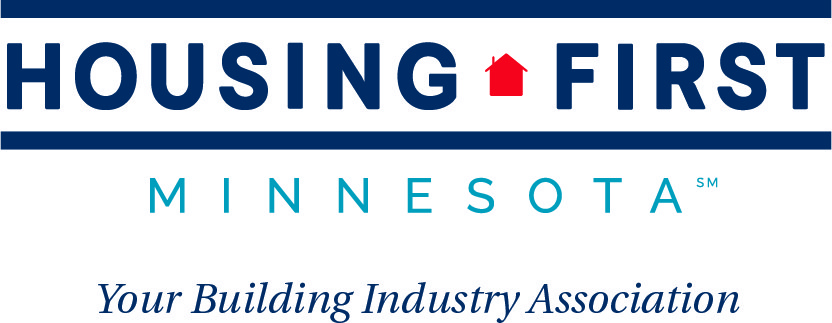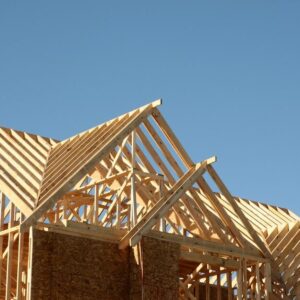The Federal Reserve Bank of Minneapolis reports an optimistic outlook for the construction sector in the Ninth District, which includes Minnesota, the Dakotas, Montana, northwestern Wisconsin, and Michigan’s Upper Peninsula. A recent survey conducted by the Fed’s Regional Outreach team surveyed construction fi rms across the Ninth District to gauge recent construction activity and the near-term outlook in the sector. Conducted Oct. 29 – Nov. 18, 2024, the results indicate that local construction firms are experiencing improved conditions compared to the past two years.
Key Findings
• Revenue Increases: Approximately 40% of construction fi rms reported moderate to signif-icant revenue growth compared to the same period last year, a rise from less than 25% in November 2023.
• Sector Performance: The industrial and infrastructure sectors are leading in revenue and profi t gains, while residential and commercial sectors show signs of improvement.
• Construction Activity: Overall construction activity in Minnesota has slightly increased from 2023 levels, driven by signifi cant data center projects in Becker, Blue Earth, Faribault, Chaska, Rosemount, and Farmington.
• Residential Construction Trends: Single-family home permits in the metro area have grown, but multifamily construction has declined since 2023. Through October 2024, permits for new dwellings totaled 6,844, a 27% decrease from the same period in 2023. This includes a 9% increase in single-family homes and a 64% drop in planned multifamily units.

Challenges Identified
• Labor and Material Costs: Firms continue to face challenges with labor availability and material input costs.
• Interest Rates: Nearly 30% of respondents cite higher interest rates as a concern, though this is down from 50% in November 2023.
Ron Wirtz, regional outreach director at the Minneapolis Fed, noted that the current outlook is “more optimistic than I was probably expecting, and certainly the most optimistic we’ve seen in a couple of years.”
This positive sentiment is attributed to moderating infl ation, declining interest rates, and increased demand in certain construction sectors. However, ongoing challenges such as labor shortages and material costs persist.















